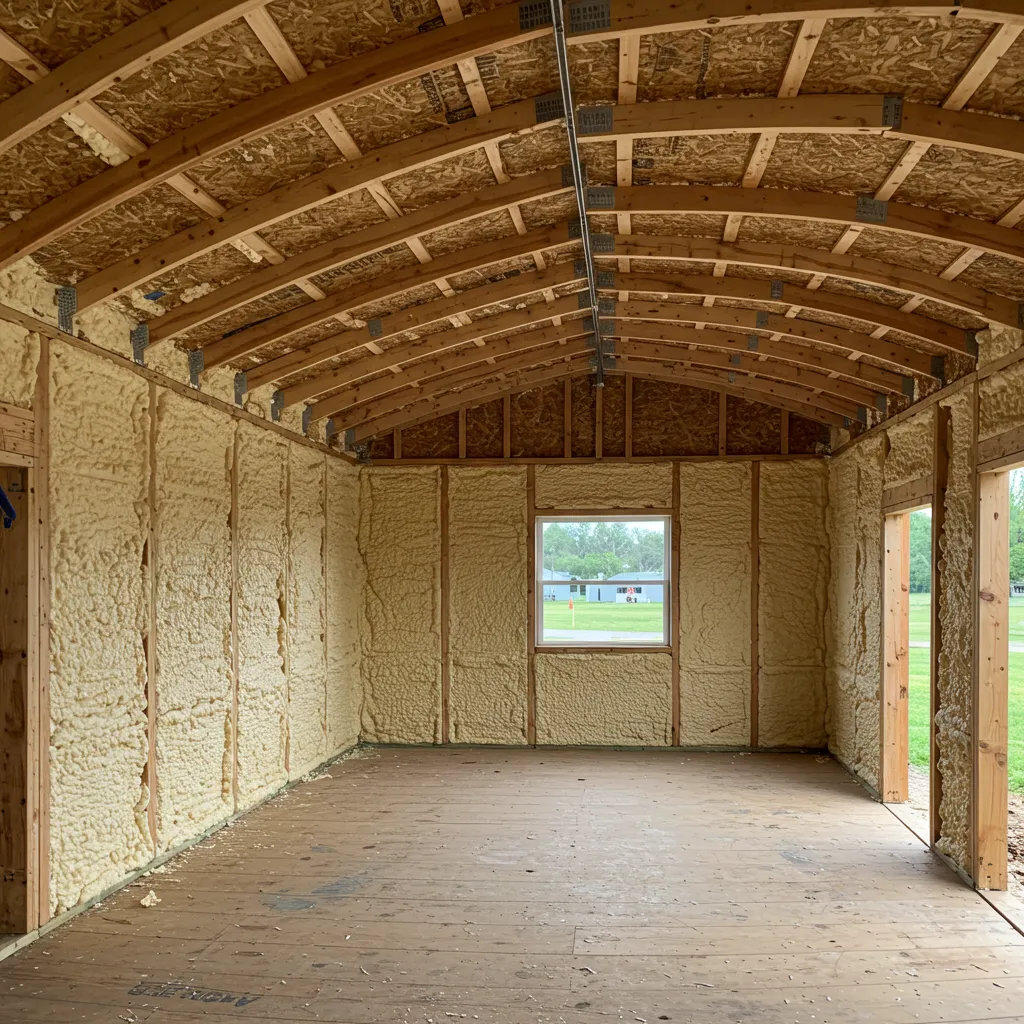
Spray foam insulation has gained popularity due to its high R-value and air-sealing properties. However, despite its benefits, it presents several challenges that homeowners, contractors, and lenders often encounter. Understanding the potential downsides of spray foam insulation can help individuals make informed decisions regarding its installation and maintenance.
Spray foam insulation is significantly more expensive than traditional insulation materials such as fiberglass or cellulose. The higher upfront cost can be a deterrent for homeowners looking for budget-friendly insulation solutions.
| Insulation Type | Average Cost per Square Foot |
| Fiberglass | $0.40 – $1.00 |
| Cellulose | $0.50 – $1.50 |
| Spray Foam | $1.50 – $3.50 |
Spray foam contains chemicals that, if not handled correctly, can pose health risks.
Proper installation is critical to ensuring spray foam insulation performs as expected.
Spray foam insulation does not adhere well to certain materials and can cause structural concerns.
Once spray foam hardens, it becomes rigid, making future renovations and repairs more difficult.
Although spray foam is marketed as moisture-resistant, improper application can lead to trapped moisture, fostering mold growth.
| Moisture Concern | Potential Consequence |
| Trapped Condensation | Mold and Mildew Growth |
| Poor Ventilation | Indoor Air Quality Issues |
| Roof Leaks | Structural Decay |
While spray foam insulation offers significant energy efficiency benefits, it also comes with notable drawbacks. Potential issues such as high costs, health risks, application challenges, and moisture concerns must be carefully considered before installation. For those looking for alternative insulation solutions, thorough research and consultation with insulation professionals can help determine the best approach.
For expert guidance on spray foam insulation in Olympia, WA, Contact Capital City Spray Foam of Olympia for professional consultation and installation services.
Spray foam insulation can last 20-30 years when properly installed and maintained.
Yes, but it is difficult and costly to remove once applied.
When fully cured, spray foam is generally safe, but off-gassing during installation can pose health risks.
Yes, if improperly installed, spray foam can trap moisture, leading to mold growth.
Lenders may be concerned about improper installation, trapped moisture, or difficulty in assessing roof conditions.
Spray foam does not attract pests like rodents or insects, but it does not act as a pest deterrent either.
Yes, but it requires proper preparation to ensure compatibility with existing structures.
Each type has advantages: open-cells are more flexible and breathable, while closed-cell offers higher insulation and moisture resistance.
Yes, once fully cured, spray foam can be painted with the appropriate type of paint.
Incorrect installation can lead to poor insulation performance, structural damage, and potential health risks.